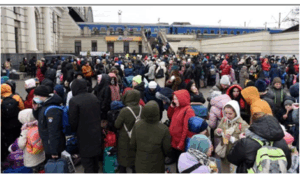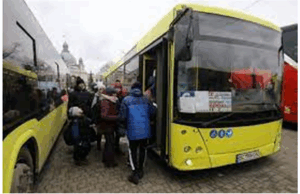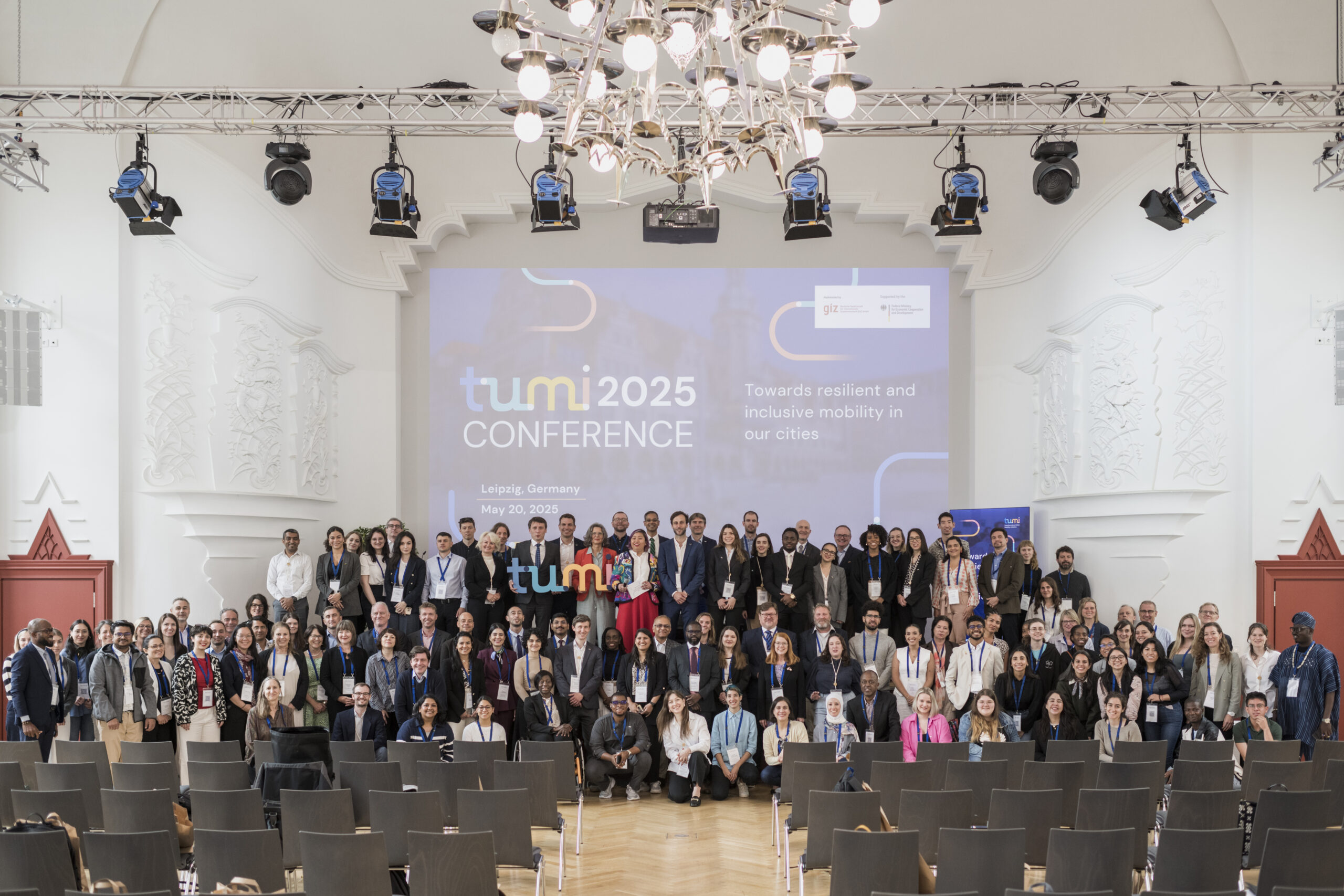Urban transport systems are increasingly affected by multiple shocks and crises – be it pandemics, climate emergencies, cyberattacks, blackouts, energy price shocks and even war. Thus, strengthening the resilience of urban transport systems moves into the centre of attention for local governments and transport operators alike. This theme took center stage at Technical Session 1: Crisis Management during the Transformative Urban Mobility Initiative (TUMI) Conference 2025, held on May 20 in Leipzig.

The session convened experts, city leaders, and public transport operators to share lessons from the frontlines of crisis response and preparedness, offering a glimpse into how cities can better anticipate and withstand disruptions. At the heart of the discussion was the question: How can cities and companies respond to threats, and how can risk management and climate resilience be systematically embedded in governance frameworks and operational structures?

Multiple Crises, One Common Lesson: Be Prepared
The growing frequency and intensity of global crises underline the urgent need for systematic crisis management frameworks in urban mobility systems. A new study presented during the session, supported by GIZ and featured in the recent TUMI publication Crisis Management in Urban Transport Systems, outlined a structured approach built around:
- Crisis management framework
- Short term response
- Long term prevention
The importance of integrating climate adaptation into Urban Mobility Plans was also emphasized, illustrated by examples from MobiliseYourCity’s Sustainable Urban Mobility Plans (SUMPs) and National Urban Mobility Policies and Investment Programmes (NUMPs).
The second part of the session consisted of roundtable discussions that enabled in-depth exchanges between participants and case presenters from cities and public transport authorities.
The Case of Lviv: Dealing with Multiple War-Related Crises in Urban Mobility
Ukraine’s city of Lviv has faced a cascade of war-related disruptions, including mass displacement, fuel shortages, power outages, damaged infrastructure, and security concerns. In the early weeks of Russia’s invasion, Lviv transformed into a humanitarian hub and rehabilitation center, processing over 2.5 million refugees. Public transport operations were adapted to manage refugee flows, while trip volumes were reduced due to driver shortages. Fuel was prioritized for buses and essential services.
With most resources going to the army, international support played a vital role. Donations of trams and buses helped keep the system running. The crisis accelerated inclusion and accessibility efforts: low-floor trams, new signage, and emergency navigation systems around the train station allowed safer, more efficient mobility under pressure. Currently, a policy is in place to ensure the inclusion of people with disabilities in all aspects of mobility planning.
Lviv’s Sustainable Urban Mobility Plan (SUMP) proved instrumental in addressing these challenges. To enhance cybersecurity and operational reliability, e-ticketing is now recommended to be developed in-house rather than cloud-based.


Lessons from Lagos and Santiago de Chile
In Lagos, the removal of fuel subsidies – part of which is now being redirected to transport infrastructure development – caused significant financial strain on citizens, sparking public protests. In response, the city promoted the adoption of compressed natural gas (CNG) and electric vehicles. An expatriate mission was invited to advise on unfamiliar technologies. Proactive engagement with affected communities and inclusive planning were emphasized as essential strategies for managing future crises.
Santiago de Chile, meanwhile, experienced social unrest due to increased fares in 2019 and 2020 and a blackout in February 2025 that paralyzed the metro system. A rapid response was necessary to deploy the city’s entire fleet of electric buses during the blackout – which accounts for 2,500 out of a total of 6,500. However, once deployed, the buses could not be recharged due to energy supply limitations. As a result, the minimum energy reserve threshold was raised from 25% to 50%. This incident highlighted the urgent need for energy redundancy and greater grid resilience. Effective inter-stakeholder coordination, crisis communication, and real-time passenger information systems proved crucial in managing the situation.
The session emphasized the importance of both short-term adaptive measures and long-term prevention strategies – including pop-up bike lanes to ease pressure on public transit, urban resilience planning with diversified transport modes, SUMPs that integrate climate adaptation and emissions reduction, and efficient crisis communication channels.
These are vital steps toward transforming urban transport into a system resilient by design, not just by reaction.
5 Key Takeaways from the Session
- Identify and Organize: Know your system’s vulnerabilities and map critical infrastructure.
- Plan and Train: Conduct regular simulation exercises and establish clear crisis protocols.
- Collaborate: Crisis response must be cross-sectoral – transport, health, emergency, civil society.
- Invest in Resilience: Redundant transport modes and decentralized energy systems are no longer optional.
- Communicate Effectively: Timely and clear public communication can save lives.
The Road Ahead
The session concluded with a shared understanding: the future of urban mobility depends not just on innovation, but on preparedness, cooperation, and inclusion. Whether facing war, climate events, or market volatility, cities that plan for the unexpected are better equipped to safeguard their people and adapt for tomorrow.
To explore the full findings and strategies, the complete study Crisis Management in Urban Transport Systems is available on the TUMI Knowledge Hub.
We’d like to thank our great speakers and invited experts Andrea Söhnchen (UITP), Dzvenyslava Tyslyukevych (Civinet Ukraine), Diego Cruz (Santiago de Chile) Toyin Babatunde Aremu (Lagos state), Corinna Winter (GIZ) and Nicolas Cruz (Mobilise Your City)!
